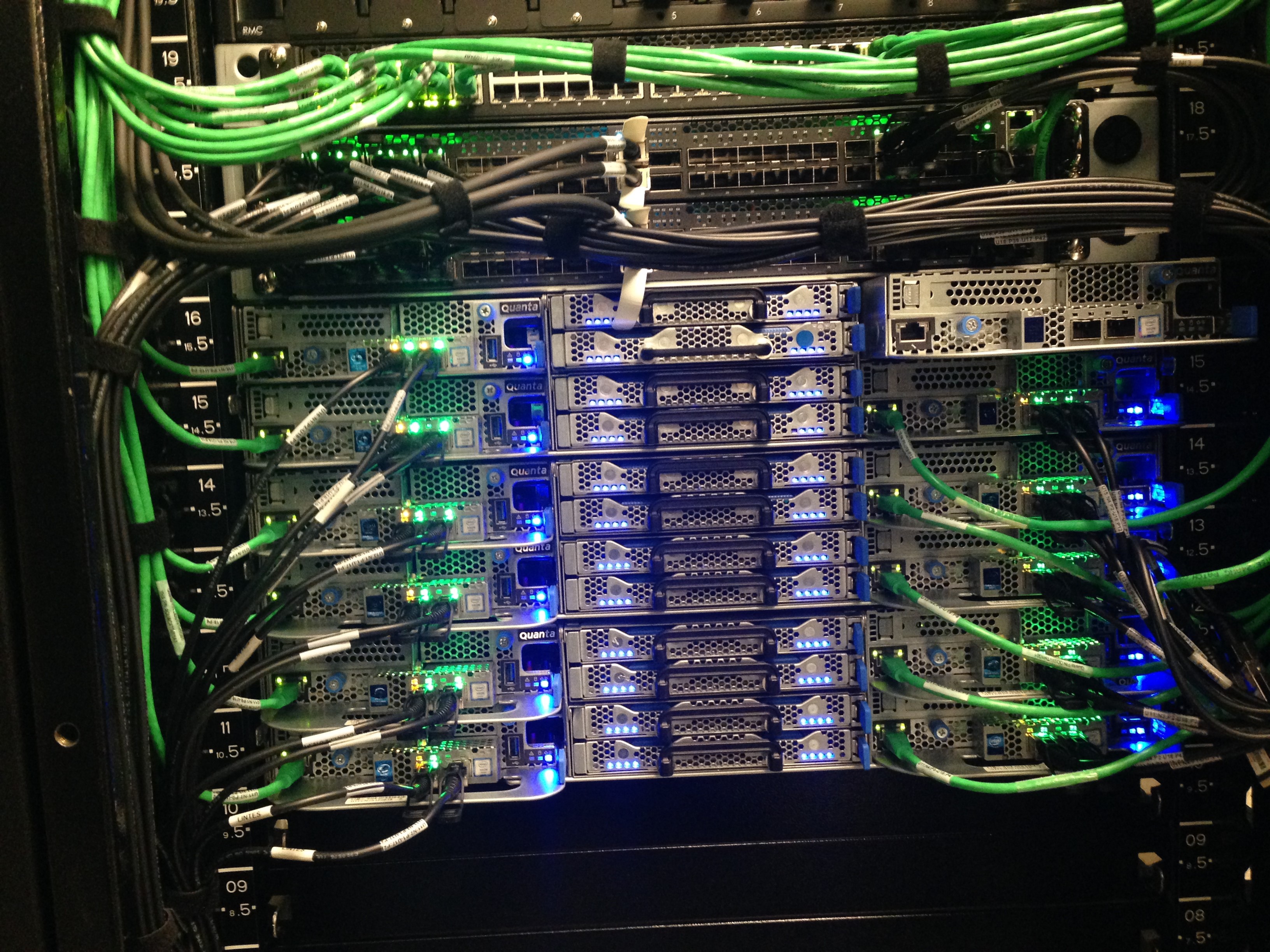Architecture Configurator: TCO of Public Vs Private Clouds
TCO of Public Vs Private Clouds
The question that comes up time and time again from SME and SMB end-customers is 'We are evaluating the cost of public cloud Vs private cloud, can you help us?'
To which we respond - 'We build both public and private clouds for service providers, never operate them. So we know the costs. The TCO of a public cloud Vs a private cloud is no different. It is the same for the same capacity cloud. In fact, you need to build a private cloud first before it could become a public cloud whereby third parties can begin consuming.'

The Benefits of Owning and Operating
Back when Amazon, selling books, CD amongst a vast number of other things required even more datacenters to meet the ever-growing number of products and shoppers, it created AWS Amazon Web Services to meet this demand.
AWS was amongst the first to use Open Stack and Orchestration to unify its pool of Network, Storage and Compute resources. And in doing so could, for the first time, account for consumption | usage of Amazon's many Business Units each with unique needs for VM and containers. Contrary to what many believe, AWS was created to meet the needs for internal customers first before it could meet the needs of external customers.
In other words, even if you are planning a public cloud on day one, you first need to build a private cloud - on an own LAN, before third parties could access these resources via the WAN as part of a public cloud.
Why Public and Private Cloud Providers like SME-IT Aspire to Own and Operate like AWS:
- Squeeze the most out of their unified resource pool
- Account, and even bill for internal customers’ usage. Customers on the other hand get what they want- to pay for only what they use
- Enable business units/ functions with their own tenancy to do with as they need: Create containers and VMs to carry their apps and programs.
Be the solution your customers need. Join our channel partner program, today!
Understanding the Limitations of Another's Cloud
Whilst an understanding of the different cost structures is very important, awareness around the limitations of the public cloud is just as important, if not more, particularly for SME end customers more so than SMB. These include:
- Loss of control
- Security
- Sovereignty
- Latency = productivity-inefficiencies; and
- Cost
Tier 1 Original - Let's Go
Defined as hardware in use, or planned to be in use by the Tier 1 OEM 
Hyperscale - Let's Go
Defined as hardware used by the macro service providers: Facebook Microsoft Google

Comparing Costs Between Service Providers
Comparing the costs of one cloud provider Vs the next, can be a daunting exercise for end-customers. Cloud service providers offer different cost models with the view of differentiating-between, more so than any intent to confuse their customers. Some of the cloud cost models include:
- cost per VM per hour of a particular size in terms on network storage and compute
- cost per CPU core per hour that come in various core options and power options
- cost per GB per month of storage
- cost per server / node per month that again come in various options; and
- so on and, so forth.


 US site
US site